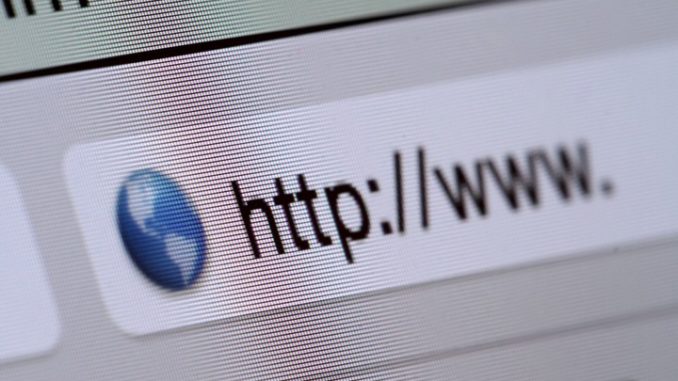
The School Cuts website at www.schoolcuts.org.uk has been relaunched to show exactly what the manifestos of the Conservatives, Labour and Liberal Democrats mean for every individual school in England
The interactive map shows not just the ‘devastating impact’ of real-terms cuts to date, but how this will have been affected by an incoming Conservative, Labour or Liberal Democrat government next year.
The overall impact of each manifesto will be as follows:
- The Conservatives’ manifesto confirms previously committed funding through to 2022/23 only. Schools will have £2bn less spending power in 2020/21 than they did in 2015/16. There is no money committed for 2023/24 and beyond, which will likely result in a funding gap of at least £1.1bn in 2023/24 if they intend to only increase spending in line with inflation.*
- Labour has pledged to reverse school cuts in the first year of government and introduce ‘a fairer funding formula that leaves no child worse off’. As a result, schools will have £1.4bn more spending power in 2020/21 than they did in 2015/16. Funding will be £3.2bn higher than the 2015/16 baseline in 2023/24.
- The Liberal Democrats promise to restore school funding to the 2015/16 per-pupil baseline in real terms. Schools will have the same real-terms spending power in 2020/21 as they did in 2015/16. However, their manifesto does not address historic underfunding prior to 2015/16.
*For spending power to be maintained, funding must match the real increases in school costs and increases in pupil numbers since 2015/16. See editor’s note (below) and accompanying analysis (attached) for more information.
With just eight days until the close of polling, this is a critical time for schools. We don’t know who will win the election, but we do know what education funding will look like under each of the parties should they be successful.
We also know that:
- Under Conservative proposals, just 18 out of 533 parliamentary constituencies will see per-pupil funding above its 2015 level by April 2020 in real terms. Under Labour’s proposal every single constituency will see a real-terms rise.
- Even after all Conservative funding commitments and pledges are factored in, 83% of schools – 16,523 – will still be dealing with a reduced budget in April 2020 compared to 2015.
- There are 420,000 more pupils but 3,500 fewer teachers than in 2015. The government has missed its teacher training targets for seven consecutive years.
- Almost one million children in England are in classes of 31 or more. This is a 20% rise since 2015.
To get individual breakdowns of what school budgets will look like under the main parties, use www.schoolcuts.org.uk . Simply enter your postcode and click on the schools in the area to get a breakdown of what the Conservatives, Labour and Liberal Democrat are each promising parents, teachers, head teachers and young people at that school for 2020/21.
Kevin Courtney, joint general secretary of the NEU, said: “After nine years of disruption, short-sighted neglect and persistent underfunding, England’s schools need a change. Today’s relaunch of School Cuts makes the choice very clear for every parent, teacher, head teacher and member of school staff. With our interactive map, they can see immediately the benefit or risk for their school according to whom they vote for. Education was a vital issue in the 2017 Election and is even more so in 2020. This election is about so much more than Brexit. If you value education, you must vote for education.”
Geoff Barton, general secretary of the ASCL, said: “Our analysis is aimed at giving the public an unvarnished, hype-free assessment of what the spending commitments of the major national political parties mean for our schools. We are a politically impartial association and it is not up to us to tell people how they should vote. But they should have the facts about how the pledges add up on such an important matter as the future of our education system – and these are the facts.”
Paul Whiteman, general secretary of NAHT, said: “There are clear differences between the main parties when it comes to education funding. Labour are pledging the most, the Conservatives the least. This is just a fact. Our education system needs sufficient funds to support the needs of all learners, and whilst that may amount to billions, the implications of underfunding will cost billions more in lost opportunities and productivity. No party should shy away from providing what is required, nor should they claim more ‘generosity’ than is really the case. When voters enter the polling booth next week we hope they will all have education at the front of their minds.”
Don’t forget to follow us on Twitter, like us on Facebook, or connect with us on LinkedIn!

Be the first to comment